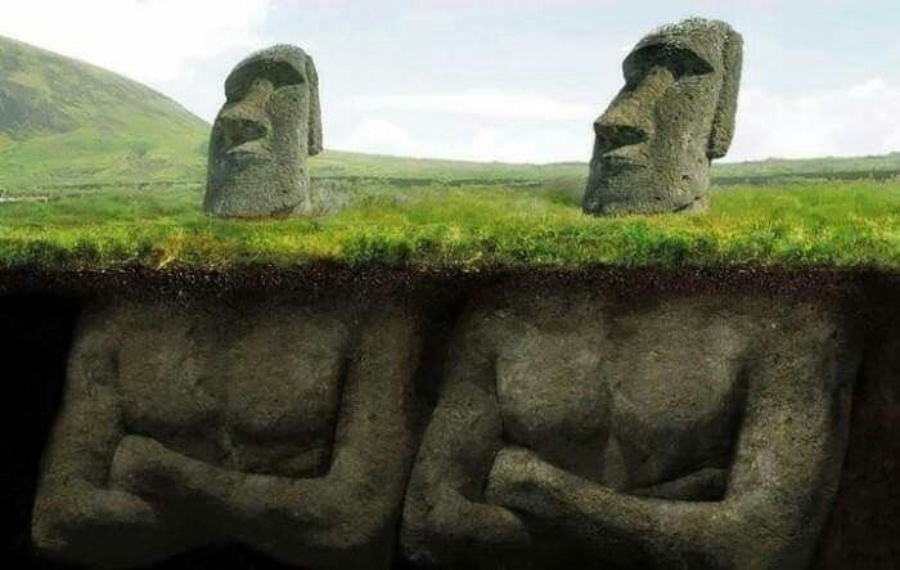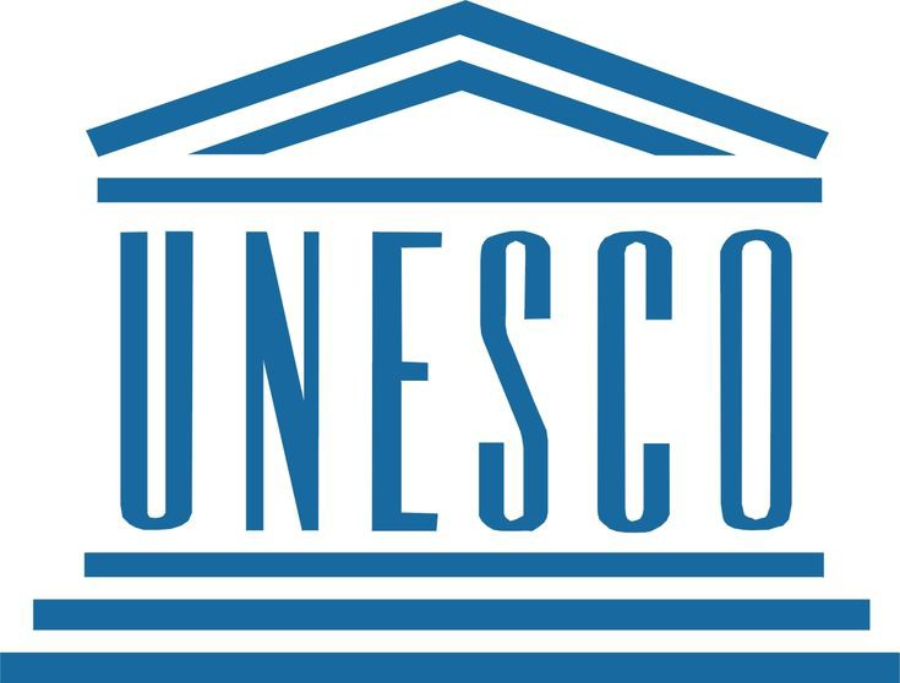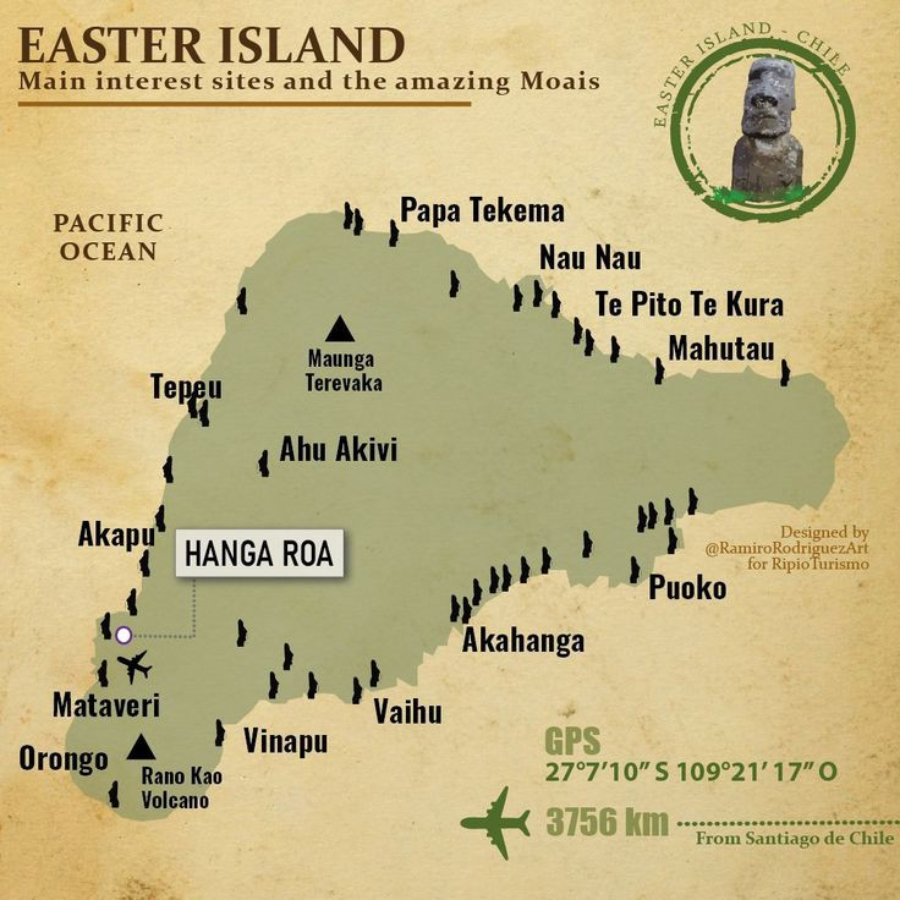

Nestled in the vastness of the Pacific Ocean lies a remote island steeped in mystery and intrigue: Easter Island, also known as Rapa Nui. Famous for its iconic stone statues called moai, this enigmatic island has captured the imagination of people around the world for centuries. Let's delve into the fascinating history and mysteries surrounding this captivating destination.
A Remote Paradise:
Easter Island is located over 2,000 miles off the coast of Chile, making it one of the most isolated inhabited islands in the world. Despite its small size (roughly 63 square miles), it boasts a diverse landscape of volcanic craters, lush valleys, and stunning coastal cliffs, offering visitors a glimpse of untouched natural beauty.
The Moai: Guardians of the Island:
The most iconic feature of Easter Island is undoubtedly its moai statues. Carved from volcanic rock by the island's indigenous Rapa Nui people, these monumental figures stand as tall as 33 feet and weigh as much as 80 tons. The purpose of the moai and the techniques used to transport them across the island remain subjects of debate among archaeologists and historians.
Unsolved Mysteries:
One of the greatest mysteries surrounding Easter Island is the question of how the Rapa Nui people managed to carve and transport the massive moai without the use of modern tools or machinery. Theories range from the use of wooden sledges and ropes to a system of "walking" the statues upright using a rocking motion.
Another enduring mystery is the decline of the Rapa Nui civilization. Once a thriving society with a population of thousands, the island's inhabitants experienced a sharp decline in the centuries leading up to European contact in the 18th century. The causes of this collapse, including deforestation, overpopulation, and societal upheaval, continue to be studied by researchers.
Preservation and Conservation Efforts:
In recent years, efforts have been made to preserve and protect Easter Island's cultural and natural heritage. UNESCO designated the island as a World Heritage Site in 1995, recognizing its significance and the need for conservation measures to safeguard its unique cultural and ecological assets.
A Journey into the Unknown:
Visiting Easter Island is more than just a vacation—it's a journey into the heart of a mystery that has fascinated explorers, scholars, and adventurers for centuries. Whether you're marveling at the silent guardians of the moai, exploring the island's stunning landscapes, or immersing yourself in its rich cultural heritage, Easter Island offers an unforgettable experience that will leave you pondering its mysteries long after you've returned home.
Conclusion:
Easter Island remains a captivating destination that continues to intrigue and inspire travelers from around the world. As we explore its ancient ruins, ponder its enigmatic statues, and contemplate its tumultuous history, we are reminded of the enduring power of mystery and the timeless allure of discovery. Whether you're drawn to its archaeological wonders, its natural beauty, or its rich cultural heritage, Easter Island invites you to embark on a journey of exploration and wonder unlike any other.
